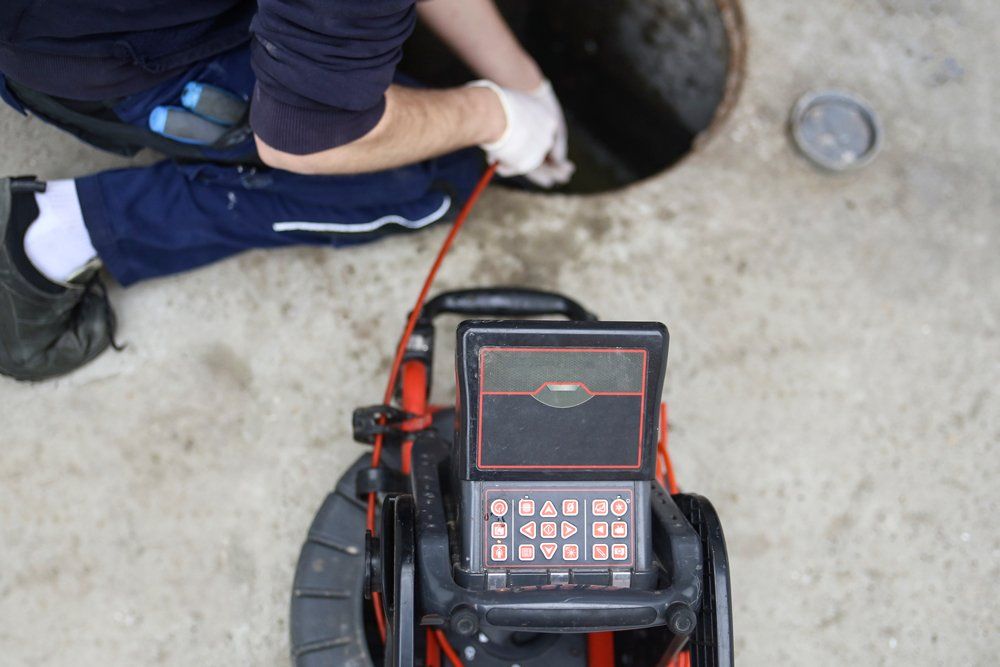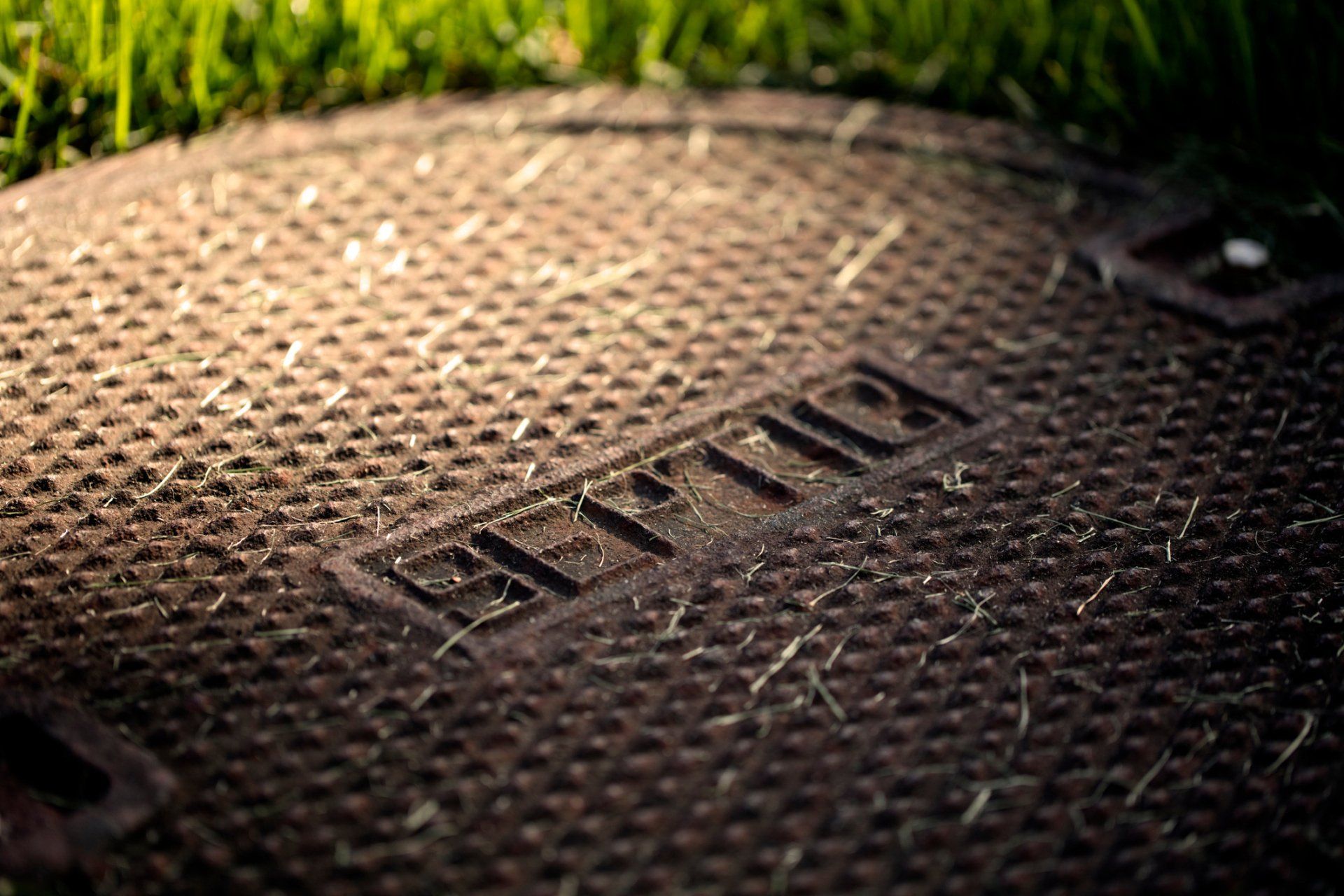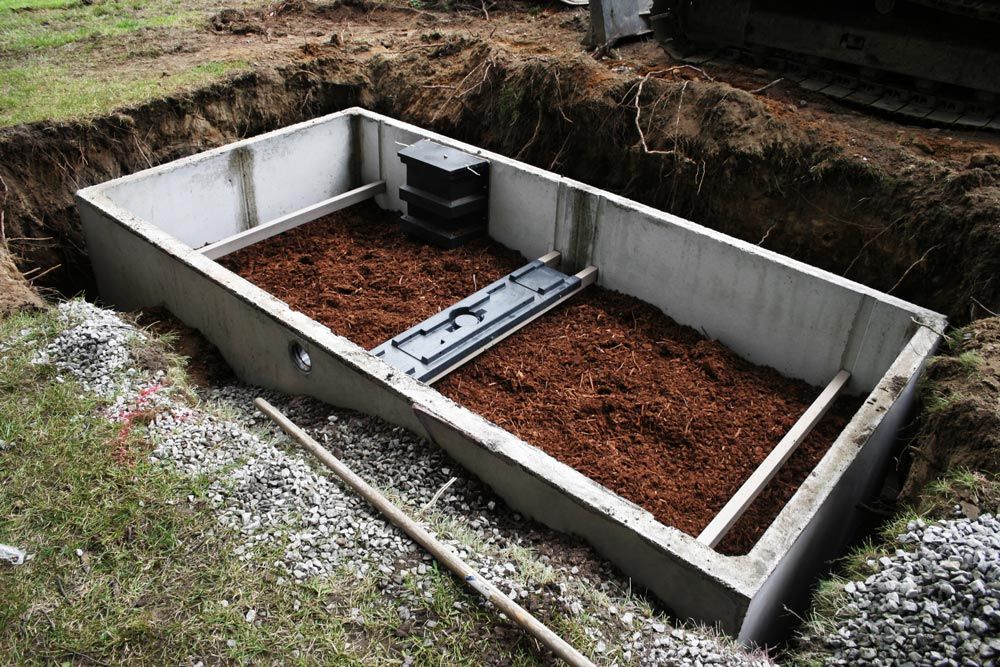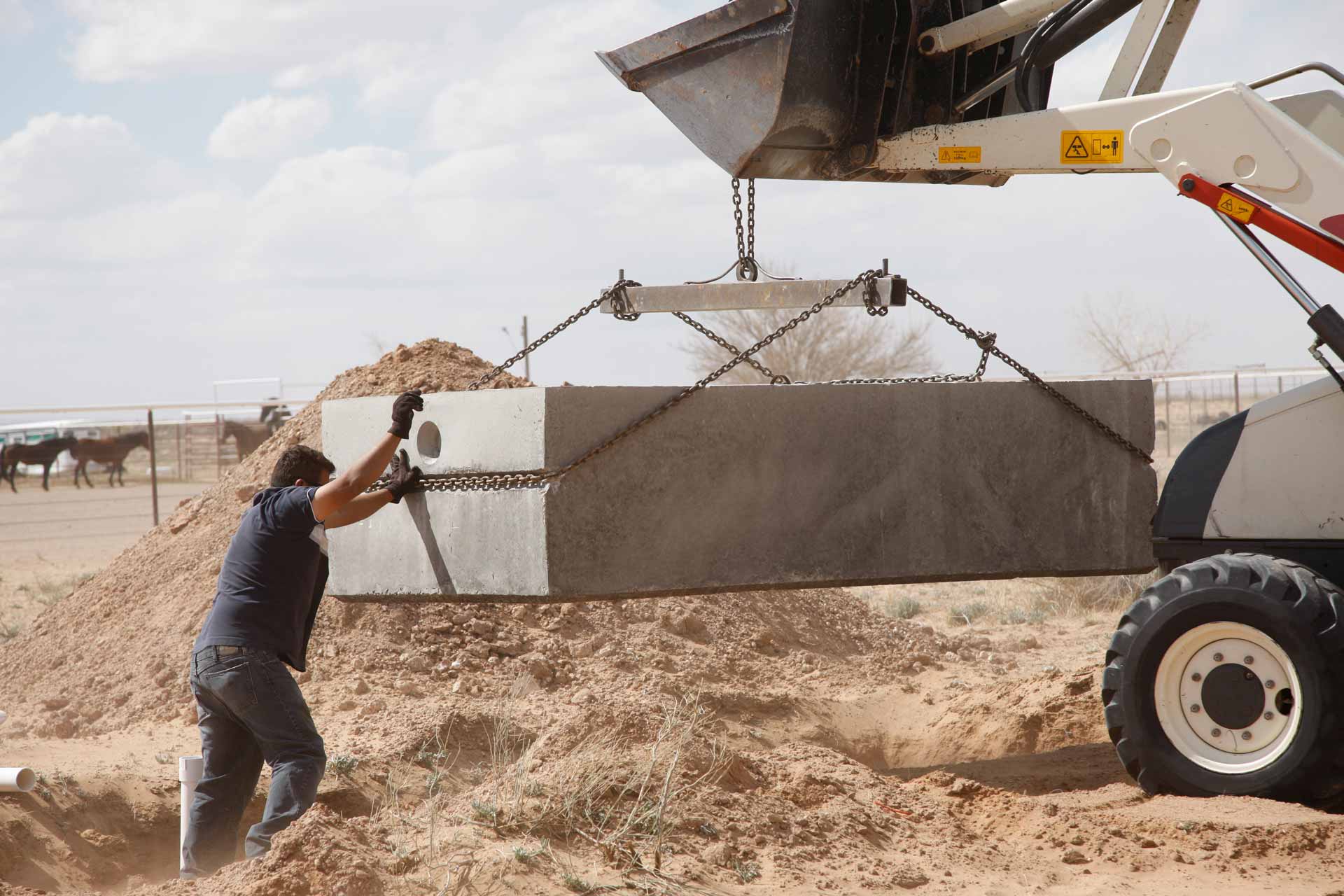4 Signs You Need to Pump Your Septic Tank
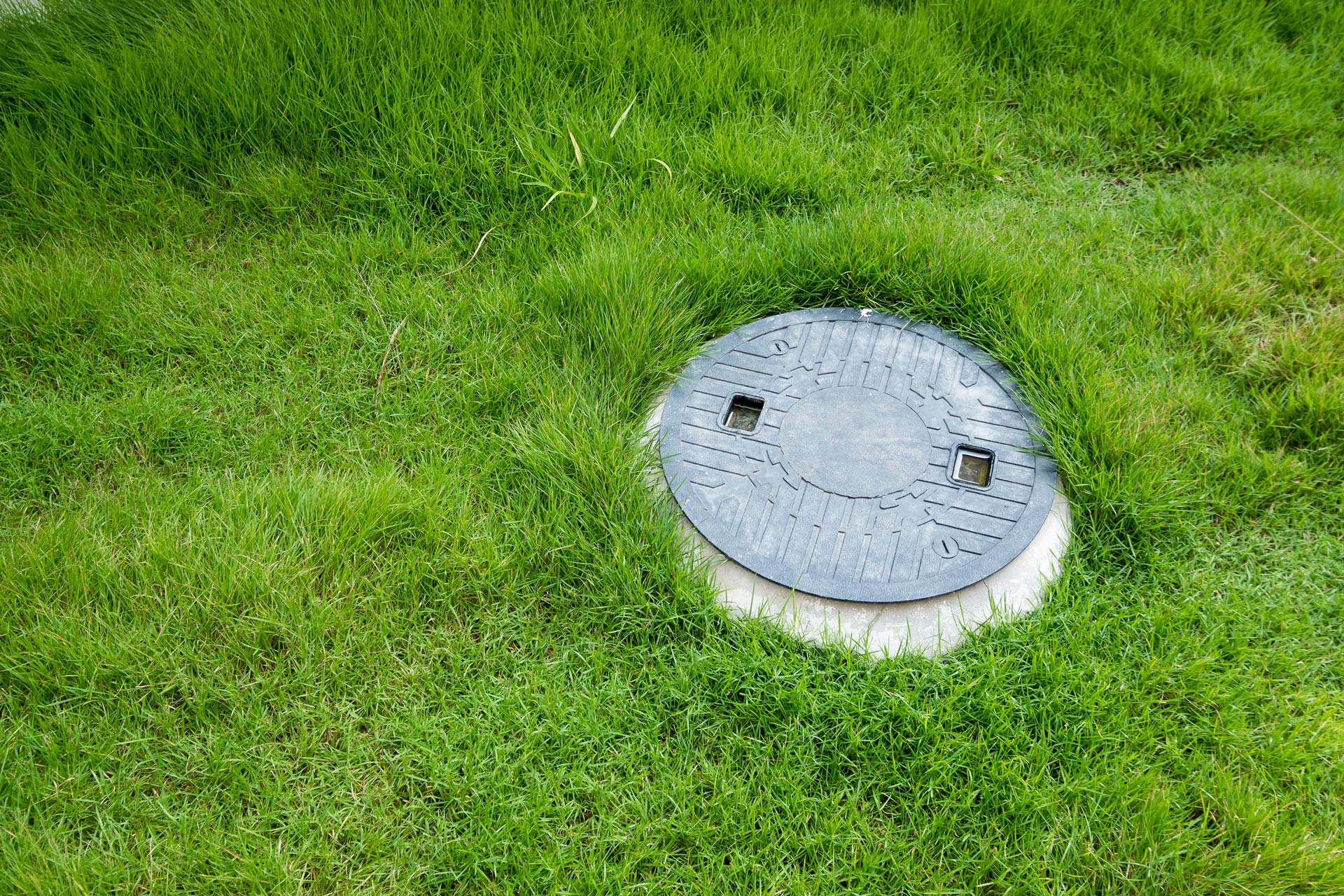
Septic tanks play a vital role in household wastewater management. After prolonged use, these facilities can accumulate scum and sludge, which may affect your entire plumbing system. While the frequency you need to empty your septic tank may differ based on its size and design, you should always look for various warning signs to prevent a malfunction.
Here are four things that can help you identify when to empty your septic tank.
1. Slow Drainage
Septic tanks connect to all the drains in the toilets, sinks, bathtubs, and showers. Once the sewer facility fills up, you will likely notice water pools. The wastewater may also leave some dirt around where you dispose of it.
If you notice signs of slow drainage in your home, inspect various areas for blockage. For instance, check your sink for leftover food particles. Additionally, inspect your shower drain for hair strands, soap pieces, and other debris.
If your drains don't have any particles, the slow drainage may be due to a full septic tank. Contact sewage facility technicians to prevent foul odor, dampness, and stains.
These experts will inspect your septic tank to determine if you need to empty it. However, if the sewer facility has enough space left, the technicians will check for damages and determine the cause of slow drainage.
2. Sewage Backup
Another common sign you need to pump your septic tank is sewage backup. This issue occurs when your facility fills up and starts to push sludge into your home. While a sewage backup can affect any section of your drainage system, it mainly occurs in toilets.
Unfortunately, a toilet sewage backup can leave a foul odor from contaminants that are harmful to your health. The overflow material may also cause significant property damage.
Call a septic tank maintenance company immediately once you notice sewage backup. Moreover, reduce water usage before the experts pump your tank to prevent further damage.
3. Foul Odor
Foul and pungent odors are the most noticeable signs of a filled-up septic tank. These smells occur due to limited space for the gases produced by decomposed waste.
When you look out for foul odor, you can quickly identify when to pump your tank even before an issue like slow drainage or sewage backup occurs.
Smell your clean kitchen sink to identify if the odor originates from your septic tank. Further, leave your home for a few minutes and enter your bathroom to determine if it also has a similar stench.
If most drains produce the same foul odor, the problem most likely originates from a full or damaged septic tank.
4. Overflow
When your septic tank overflows, you may notice the area near the lid is marshy. The space may also have excess water in rainy seasons, unlike other sections of your lawn.
A septic tank overflow is often a sign you need to pump the facility. However, the wastewater may seep to the surface due to breakage caused by cracks or invasive tree roots.
Other issues that can lead to a septic tank overflow are:
- Improper chemical use
- Clogged drains
- Damaged pipes
An ideal way to determine why your septic tank overflows is to get a professional inspection. Sewage facility technicians can use their equipment to check sludge levels. They will also inspect the tank for signs of damage and repair it or recommend a replacement.
Septic tank maintenance can protect your home from damage and prevent foul smells that cause discomfort. If you aren’t sure when to empty the sewer facility, the discussed signs can ensure you seek services at the right time.
At Pete's Outflow Technicians, we provide reliable septic tank maintenance services. Call ustoday to determine if you need to pump your sewer facility.

